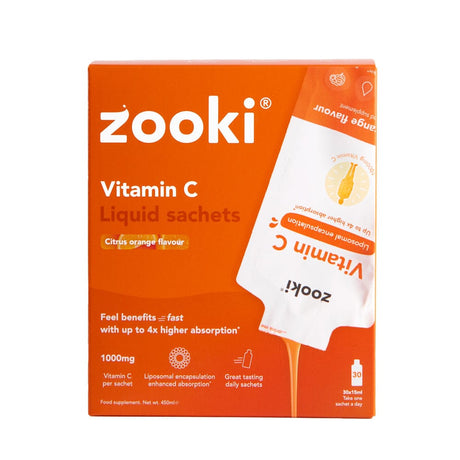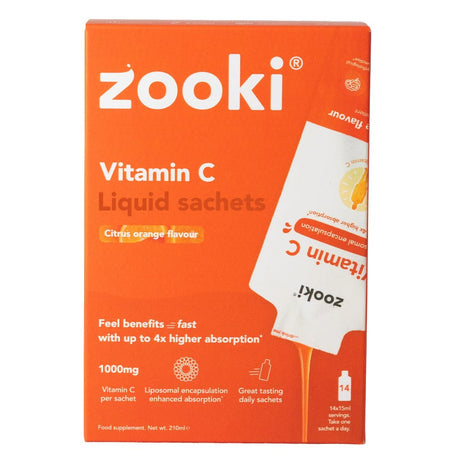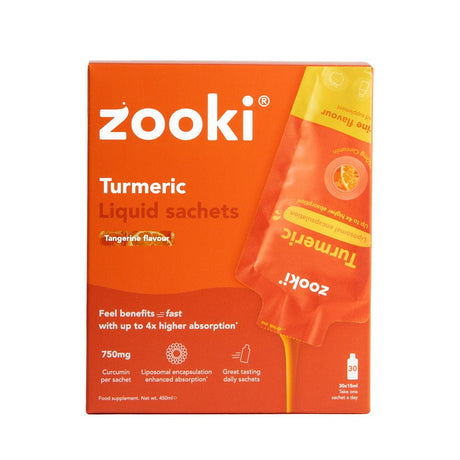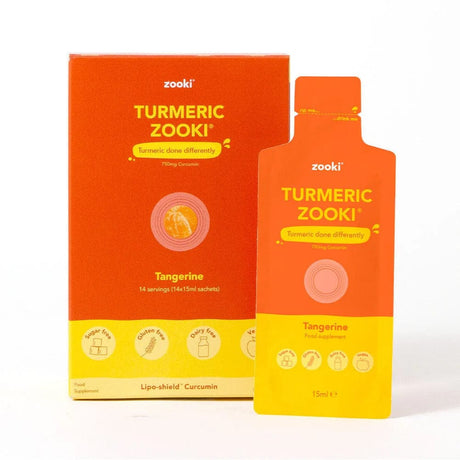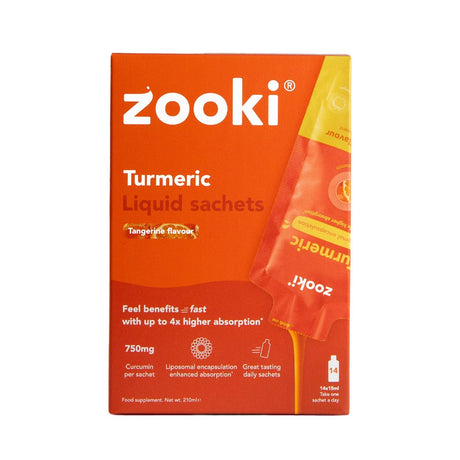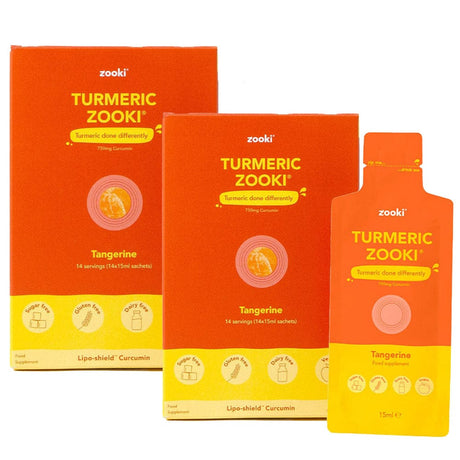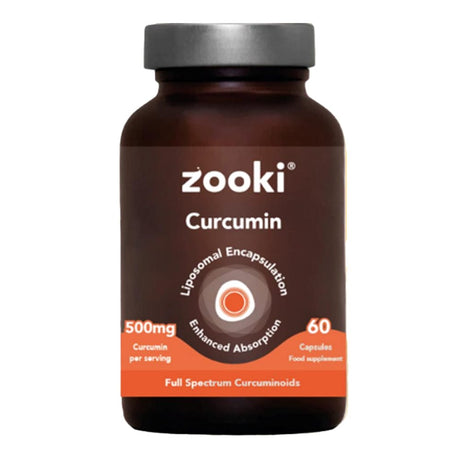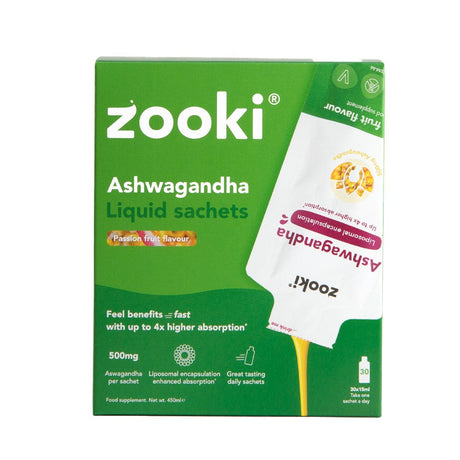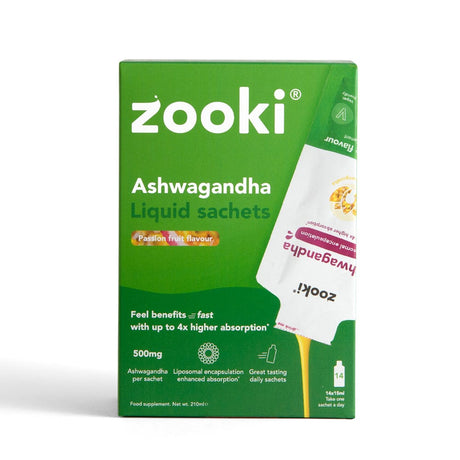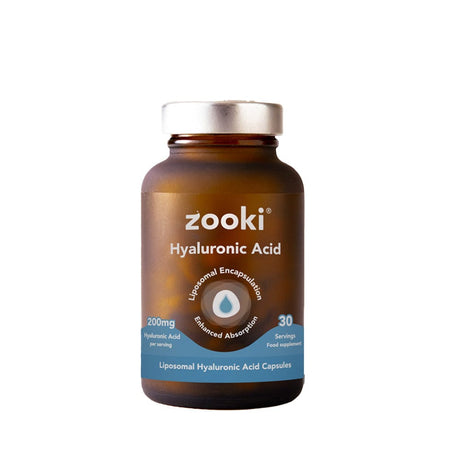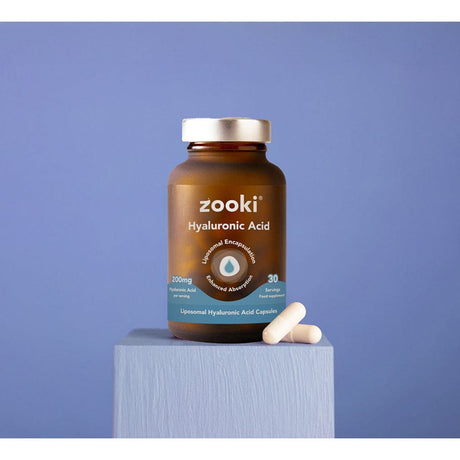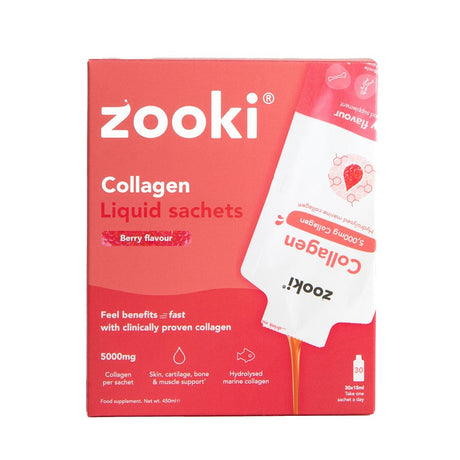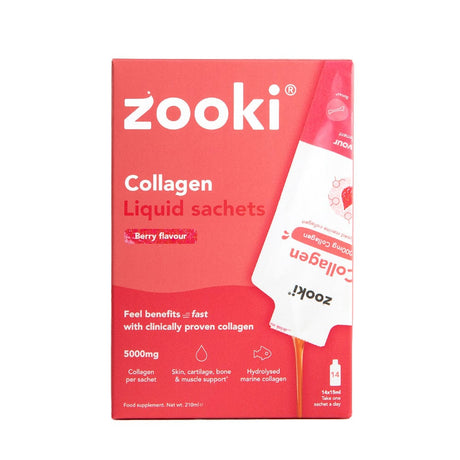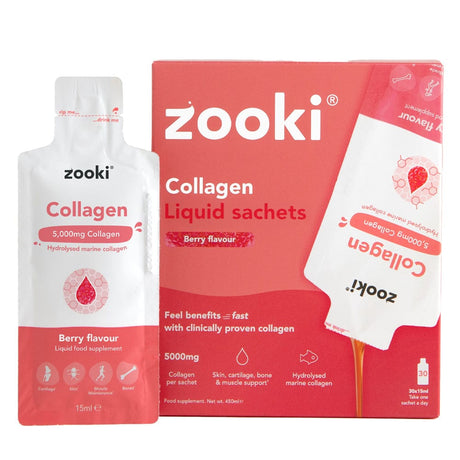Zooki FAQ's
What do you mean by ‘Lipo-shield’?
What do you mean by ‘Lipo-shield’?
Lipo-shield’ is what we call the special lipid emulsion that we wrap all our nutrients in. ‘Lipo’ for lipids, and ‘shield’ because they form a protective barrier around the nutrients, helping to deliver them through the digestive system.
Our Lipo-shield is made up of essential phospholipids, the same thing that surrounds our cells. They are "essential" because our body can't produce them - we must get all the phospholipids we need from our diet, and once our Lipo-shield has delivered the nutrients into your system, the phospholipids are used by the body to make new cells.
Does Zooki contain sugar?
Does Zooki contain sugar?
All Zooki products are completely free from sugars, artificial sweeteners and additives. Nothing but natural goodness and high impact nutrients.
The sweetness you’re tasting could be the xylitol in our Zooki products, which is a naturally sweet compound found in fruits; however, unlike sugar, xylitol has a very low glycemic index and thus no effect on blood sugar levels!
We also use organic, plant-based glycerin derived from coconuts to keep the moisture content low, the taste sweet and the lipid emulsion stable. We only use 100% natural, sustainably sourced ingredients and place particular emphasis on avoiding ingredients such as potassium sorbate and sodium benzoate!
Is Zooki free from gluten/soy/sugar?
Is Zooki free from gluten/soy/sugar?
All Zooki products are free from gluten, soy and sugar
Is Zooki free from dairy?
Is Zooki free from dairy?
Vitamin C Zooki, Vitamin D Zooki, Turmeric Zooki, Collagen Zooki, and Omega 3 Zooki are all free from dairy!
We do our best to make sure our range is suitable for anyone and everyone, regardless of dietary requirements. However, sometimes, to ensure our products are as impactful and effective as can be, we need to add certain ingredients - this was the case with Gut Biome Zooki and Glutathione Zooki, which are not dairy free. Gut Biome Zooki and Glutathione Zooki both contain lactoferrin from milk protein. This lactoferrin works to aid the bioavailability and stability of Glutathione Zooki, and it promotes the colonisation of bacteria in the gut in Gut Biome Zooki.
Is Zooki vegan?
Is Zooki vegan?
We try to ensure our products are vegan friendly where possible whilst still ensuring they are as effective as they can be. With this in mind, Vitamin C Zooki, Vitamin D Zooki and Turmeric Zooki are all vegan friendly.
Gut Biome Zooki and Glutathione Zooki both contain Lactoferrin, a protein found in milk, while Collagen Zooki and Omega 3 Zooki are sourced from fish - so these four products are not suitable for vegans.
How should I take Zooki?
How should I take Zooki?
Zooki is nothing if not versatile. Straight out of the sachet, add it to water, smoothies, yoghurts, porridge - it’s your call! We suggest you try out a few different ways and decide on your favourite (we like to add Vitamin C Zooki to a glass of cold water for a refreshing boost!)
What time of day should I take it?
What time of day should I take it?
We recommend taking it in the morning so that you can feel the benefits throughout the day. Consistency is key here - try to pick a time and take your Zooki at the same time every day so you can get into the habit.
Why do they use sachets?
Why do they use sachets?
The biggest enemy to lipids is oxidation, so using sachets is essential for reasons of stability more than anything else. If YourZooki were to use a bottle, the moment the seal is broken a small amount of oxygen would creep in and the stability of the lipids would be threatened. As time goes by, each serving would be less and less effective.
Can I take more than one Zooki product?
Can I take more than one Zooki product?
Yes, YourZooki products are designed to work in synergy with one another, so the benefits of one Zooki will complement another (for example, the Vitamin C Zooki and Collagen Zooki are an amazing skin nourishing combo!) Mix and match your daily Zooki sachets to your heart's content - it’ll do you nothing but good.
I put my Zooki into a glass of water and it turned milky!
I put my Zooki into a glass of water and it turned milky!
This is totally normal! Especially for the Vitamin C Zooki. The reason for this is due to the lipids; depending on how much water you add, for the lipid emulsion to remain stable, they need to disperse throughout the liquid. If the lipids remain stable and do not separate, this dispersion will create a milky white dissolution
Got another question that we haven't answered?
Got another question that we haven't answered?
Get in touch with us here and we'd be delighted to help

